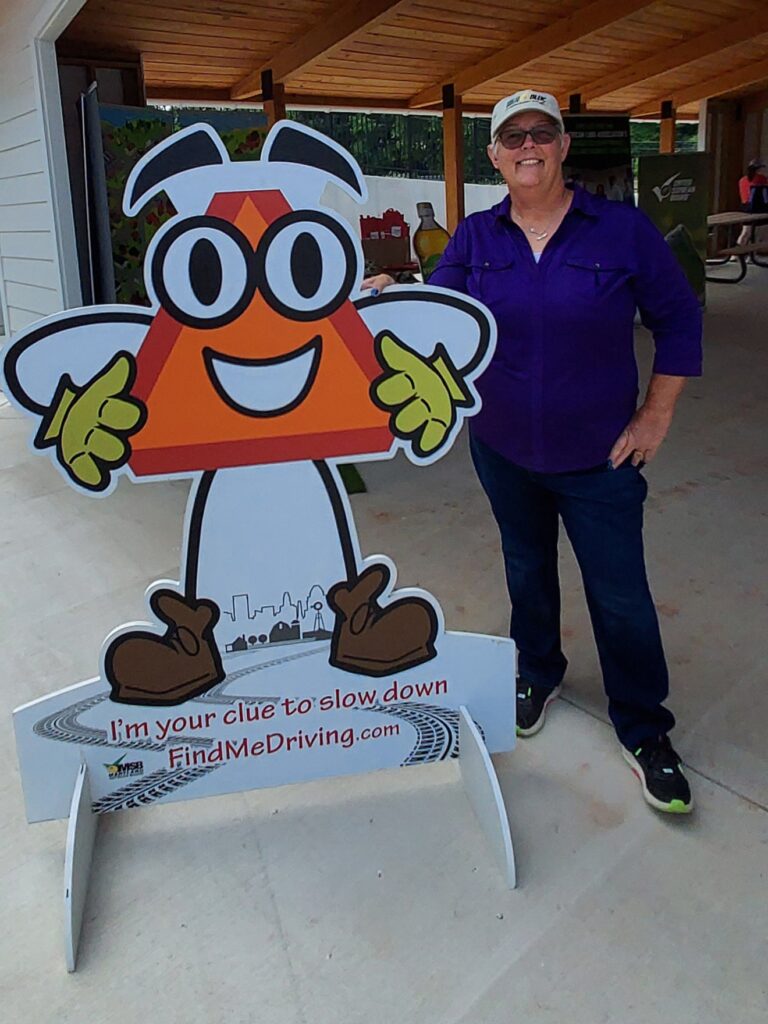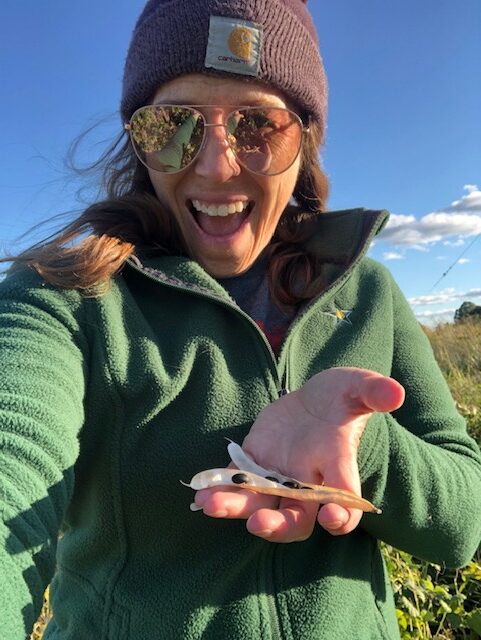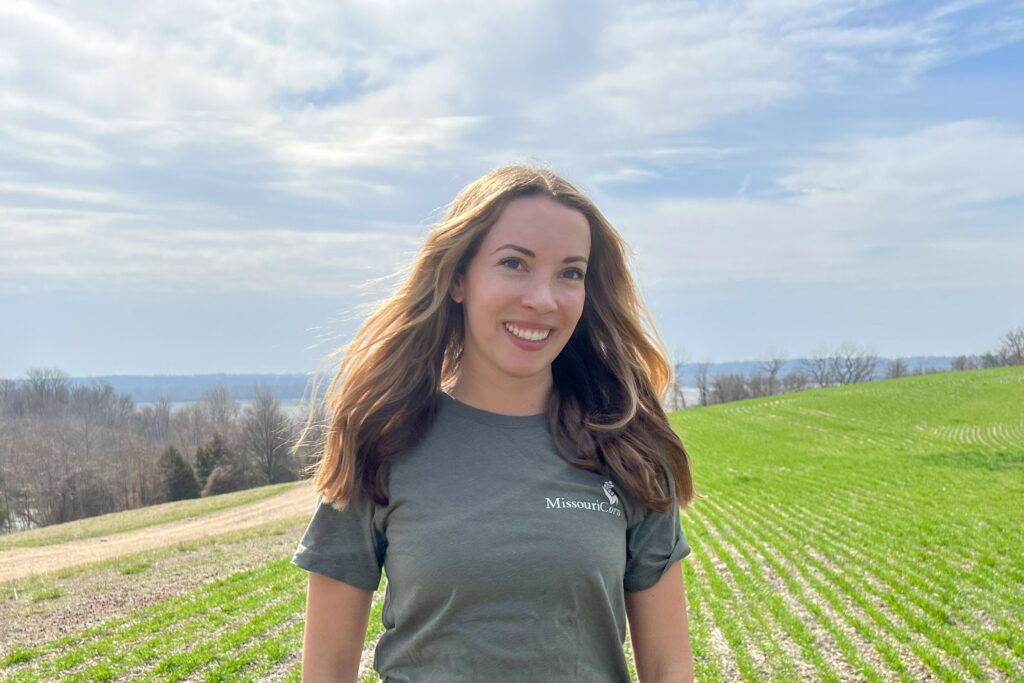Conservation Farmer and Seed Tester Belinda Burrier
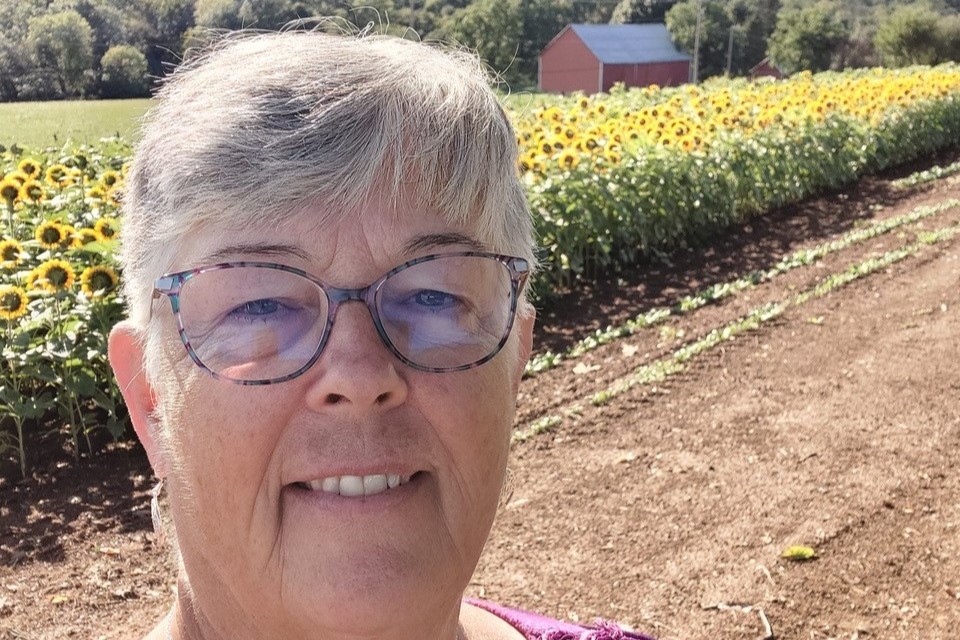
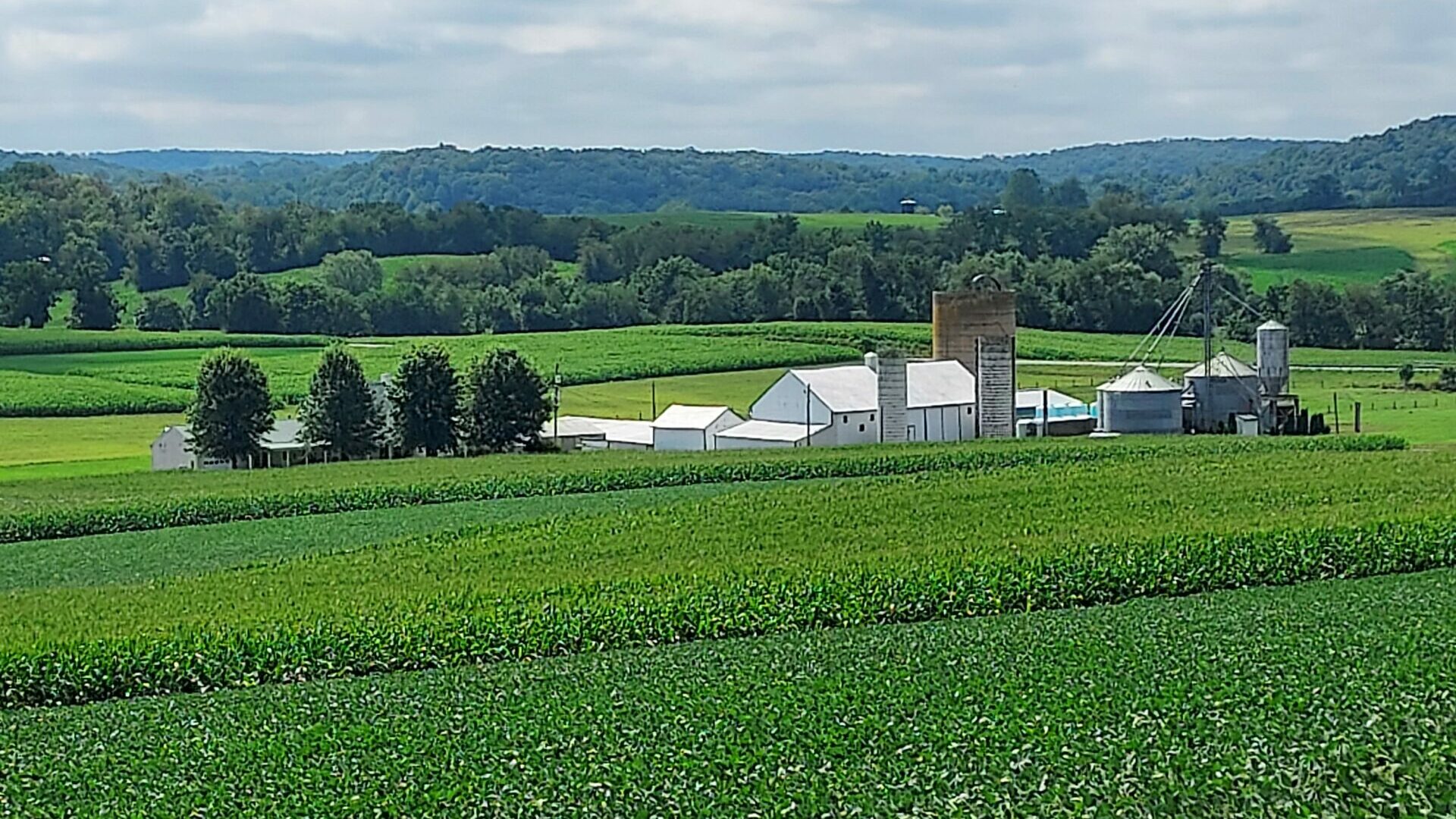
Belinda Burrier and her husband are farmers who have been awarded several times for their focus on conservation practices. The duo consistently improve their conservation efforts by testing new things, including the testing of new seeds in “test plots.”
Did you know that farmers have a tremendous variety of seeds to choose from each season? We have countless magazines and online resources available to peruse different features and benefits of each seed option. Often farmers will try different options on “test plots” to see how seeds perform compared to other options before planting on bigger acreage. It’s kind of like using paint samples and observing them in different light before painting an entire room or house. Seeds are a big investment for farmers, so running tests is a wise way to find the best options.
I farm with my husband, Dave, about one hour north of Washington D.C. We raise corn, soybeans, wheat and hay together. We are constantly thinking about different ways that we can conserve and protect the water and air quality around us while maximizing what each plant delivers at harvest. We’re testing corn this year. Here’s how we’re doing it.
1) 13 Different Seeds
First, we selected thirteen different seed varieties from two seed companies. Why two different companies? I’ll take you back to painting. Sherwin Williams and Behr create similar paint colors, but there are definite variations. Overall, their products are similar but certainly not the same. It’s helpful to see what’s out there. We want seeds that will work in different soils and in various levels of moisture, so we’re interested in seeing the options from different companies.
How do we test so many varieties? We set aside one large test plot area with thirteen sections, then planted each section with one seed variety. This way we can see each variety in one big area, all side-by-side for easy viewing throughout the growing season.
2) Beyond Yield
We’re looking to see how each variety performs next to the others in the same growing conditions. Yield is definitely important to us. But it’s certainly not the only thing we care about. We are also testing for other “traits” including emergence, overall crop health and appearance, standability, resistance to drought, resistance to different pests and diseases, and also for resistance to herbicides.
I’m particularly interested to see how the seeds perform in a specific field where we have natural springs. We planted a seed variety there that should work well in wet soils. Our other fields are much drier because we have been experiencing drought for so long in Maryland.
3) Our Baseline
We treated the entire test area with the same nutrients. We applied the same amount of those nutrients to each section. And we applied them all at the same time. Eliminating variability with fertilizers and any crop protectants gives us clearer results regarding the performance of each seed variety.
At less than eight weeks away from harvest, our test plots are looking great without any signs of stress. That’s so exciting for me to see because we’ve had far less than normal levels of rainfall. We received three inches of rain in May when we planted, and we just got an inch and six-tenths in the last few weeks. That is significantly less than our normal rainfall level, which is an average of fourteen inches. We plan to harvest in November and can’t wait to see how these corn seeds perform. Stay tuned! We’ll drop an update just in time for the holidays.


